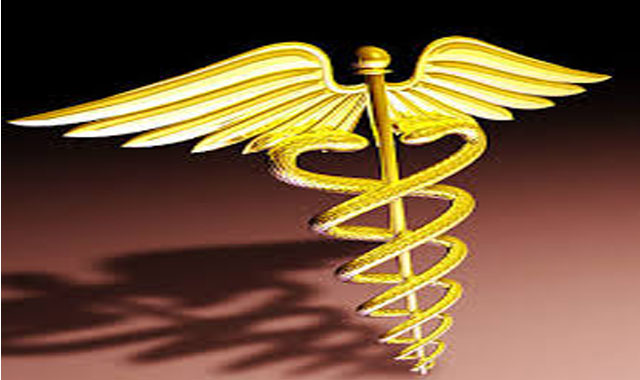In part 1 of this two-part blog series, we explored the current state of physician electronic health record (EHR) use and suggested that the root cause of suboptimal physician EHR adoption is related to inherent design issues, or inadequate or rushed implementation decisions rather than physician resistance to change. Recent CMS data citing a 17 percent dropout rate from the EHR Incentive Program appears strongly to support our observations. In this part 2 continuation we address a related challenge impacting clinician EHR usability – the increasing move towards po
A “population health” view runs counter to the traditional physician focus on individual patient care. Changing this long-held focus on the individual to a larger view of PHM will not be easy, but is necessary for long-term survival participating in the risk-sharing accountable care organization (ACO). PHM must also be factored in when addressing clinician EHR usability. A few areas that organizations should consider in addressing both this shifting market requirement and physician mindset regarding EHR usability are as follows:
1) Provide extensive and continuous physician EHR training. Training during implementation is not enough. Stage 1 meaningful use (MU) training related to EHR data capture and new workflows may be all that is needed to successfully attest; however, sustaining performance to ensure maximum reimbursement requires continuous physician training in areas such as understanding and using measures as part of patient care; managing populations and/or coordinating care with other providers; and, implementing new processes or rapid deployment of results from comparative effectiveness studies. As a temporary workaround, some organizations have implemented physician ‘scribes’ in areas such as the emergency department to capture and enter data into the EHR. The use of scribes ensures timely and accurate data entry and provides EHR sustainability while physician-specific solutions are identified and implemented and training is continued.
2) Expand clinical documentation improvement (CDI) team to include a measure and reporting specialist. The focus today of many (CDI) programs is primarily on documentation quality improvements. However, expanding CDI focus to encompass the monitoring and improvement of compliance required for mandated CQM reporting may be necessary as the need for clinical documentation increases as health reform mandates continue to increase. A comprehensive CDI program can reduce compliance risks, support external audits, target physician training and, most importantly, improve the communication and care coordination among providerlation health management (PHM), a critical c
3) Initiate EHR optimization efforts in order to shore up gaps hindering structured data capture and decision support. For years, the industry’s mantra has been one of EHR integration with physician workflow, and yet attempts to do so have fallen short. The increased importance of structured documentation due to MU and quality initiative requirements and the move to population health management has only further highlighted these system gaps. EHR optimization efforts must also focus on the ability to provide integrated decision support(e.g., preventive/proactive care based on diagnoses or medication alerts specific to patient condition using information documented across all providers). In reality, most of today’s larger EHRs, while providing this type of rule targeting within their own application, do not support this level of rule targeting capability across multiple applications and care environments. An EHR optimization effort that focuses on closing both of these gaps is critical.
Enhancing the capabilities of the basic EHR with niche market vendor products, or bolt-ons, may provide a more immediate answer to address these deficiencies if the vendor is slow to respond. For instance, there are targeted technology integration solutions, such as anesthesia and home health device integration, as well as emerging solutions that support structured data capture (e.g., front-end speech recognition and natural language processing. It is important to note however, that even though these targeted and emerging technologies can make data capture more efficient and effective, they do not always address the issue of poor quality data and most rules engines on the market today still struggle to work across different vendor products. Garbage in, garbage out still applies. If, after all other optimization efforts have been explored or exhausted, the organization still cannot sufficiently shore up these deficiencies, a thorough cost-benefit assessment might determine that whole sale EHR replacement is the best option source.


















